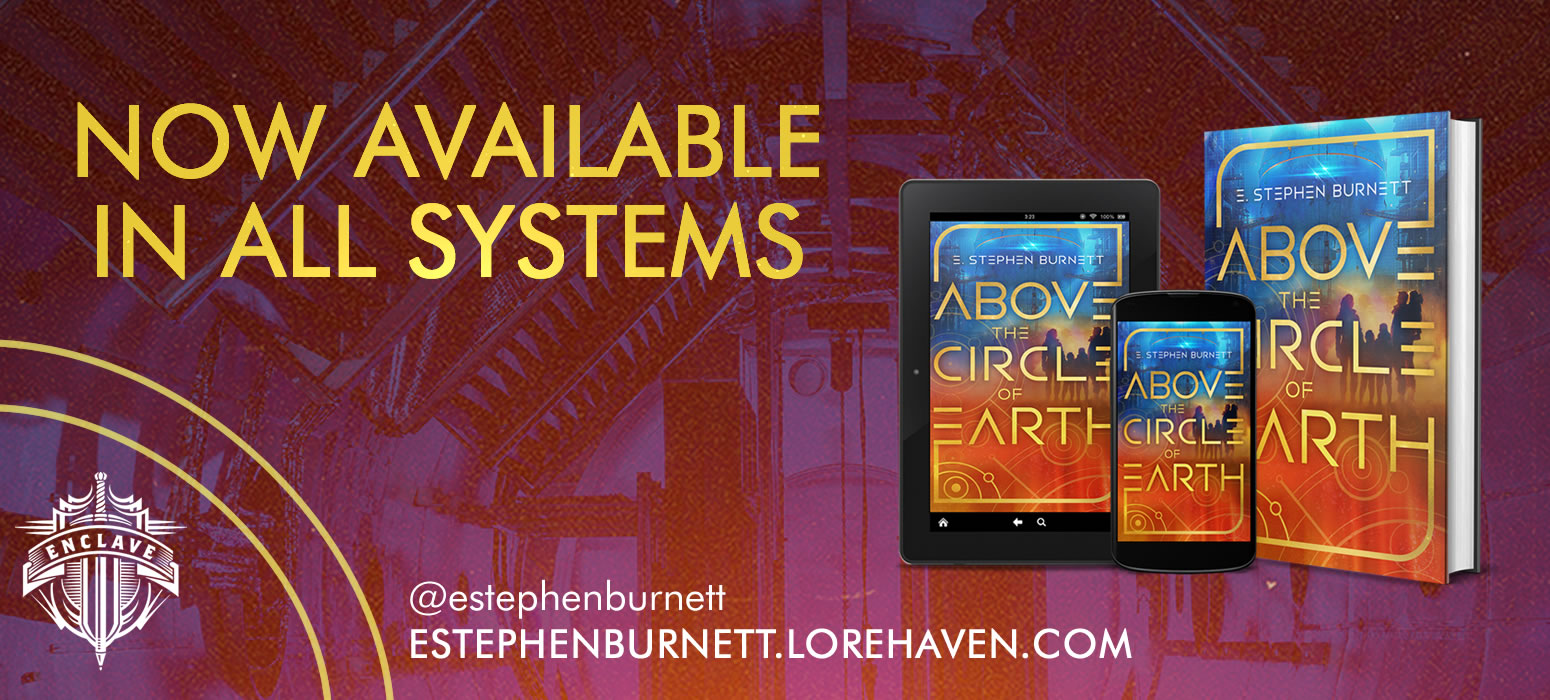‘The Flash’ Ranks Characters Over Spectacle for a Surprisingly Heartfelt Speedrun
The Flash seems to have been in development for much longer than the near-decade that it’s actually been. With numerous director changes, script rewrites, general story upheaval, and the potential axing of leading man Ezra Miller, anyone would be forgiven for expecting a hot mess. At best, I expected a series of set pieces with successively climactic battles and an overstuffed, hard-to-follow plot.
However, I was pleasantly surprised: Warner Bros/DC were able to rewrite the timeline and deliver a good, fun The Flash film. Here’s what stood out.
And if you’re looking for a spoiler-free review, this isn’t it.
Barry Allen meets Bruce Wayne and Kara Zor-El
It’s impossible to discuss the DCEU without comparing it to the MCU. DC pitched its tents in the Land of Plot while Marvel camped in the Land of Characters. Marvel had five single-character focused films before The Avengers team-up; DC had one before pitting Batman v Superman (with Wonder Woman as an add-on). While Marvel fans fell in love with characters, DC drowned in story.
The Flash runs against these headwinds and is a better film for it. As it opens, we’re immediately embedded in Barry Allen’s daily life: his perpetual tardiness, his neurosis, routine interruptions by Justice League guy-in-the-chair Alfred Pennyworth, his desire to see his father freed from prison, and his lasting grief over his mom’s murder.
When he speeds back in time to change the circumstances leading to his mother’s death and ends up trapped in the past of the alternate timeline he’s created, we’re introduced to a younger version of him, Barry Allen #2. Character work percolates as we experience the similarities and differences between our Barry and the 18-year-old Barry of a world where Nora Allen is still alive. Even if Ezra Miller as Barry Allen were irritating, we learn to love him as he fills the role of guide and protector of his younger self from another timeline. Our Barry’s out-of-body experience allows him to really see himself, and he doesn’t like everything he sees.
This development is the sort of thing that would contribute to a character arc over multiple movies, much like Tony Stark’s journey out of ego and into maturity in the MCU. But, alas, we’ll unlikely see this iteration of The Flash again.
But enough about Barry. This film offers two other noteworthy character performances. The first is Michael Keaton’s as a retired, bearded, long-haired Bruce Wayne. Anyone of the don’t deconstruct our heroes camp might be disappointed at the way he’s initially portrayed—a dismissive, unkempt retiree who paints and listens to vinyl. But it’s nice to see a Bruce Wayne at rest, his work as Batman done, his city safe. Well, at least until Barry arrives in his cluttered, disorderly mansion. Eventually, Keaton “gets nuts” and puts on his old Batsuit to join the hopeful and helpless Barrys in their quest to find Superman.
Except, they don’t find Superman. They find Kara Zor-El, played by Sasha Calle with knife’s-edge hardiness. She doesn’t get as much screen time as the Barrys or Batman, but she’s a convincing, captivating cipher, and when she’s murdered (again and again) by Zod, I felt it in my gut.
Less spectacle, more fun as worlds collide
I fully expected The Flash to reach the height of spectacle, a slog with lots of fighting and world-building, heavy investment in stunning visuals but lite on narrative clarity, more like Zack Snyder’s Justice League and less like, well, a good film. I didn’t expect to have fun. But my friends and I laughed far more than we thought we would—honestly, we probably laughed more than we did during Spider-Man: Across the Spider-Verse.1
Compared to my memory of recent DCEU films, The Flash also has many breathable stretches—earthy scenes that allow characters to grow on the audience. Don’t get me wrong: a lot happens in The Flash, but the action scenes are paced by slower moments that allow characters to just be and allow the audience to enjoy living in the world The Flash creates.
The Flash is fun without undercutting the stakes or the seriousness of the story it’s trying to tell. It’s the closest a DCEU film has come to mimicking the vibes of the MCU’s successful oeuvre.
Where does The Flash leave the DCEU?
The Flash is great as a standalone film but does little for the troubled DCEU. Anyone expecting it to tie together previous films or serve as a set-up for the future will be discouraged. Even the post-credits scene is pointless.
At the film’s beginning, Barry counts Bruce Wayne, played by Ben Affleck, as a mentor and friend. In the closing scene, he’s shocked to find a different face (George Clooney’s) attached to the personage of the billionaire vigilante. You’re not my friend, we can hear Barry thinking.
It’s like that with the DCEU. The Flash shows in stark relief how its studio seems to be bleeding out before our eyes. Its new leadership has yet to prove themselves. Henry Cavill is no longer Superman. Gal Gadot’s run as Wonder Woman is over (except for a few cameos). There’s a whole Batgirl movie that will never see the light of day. And if rumors of a Supergirl film are true, it’s hard to see how Sasha Calle returns for that role. (I hope she does.) Ezra Miller almost certainly won’t don the red suit again, but stranger things have happened.
Fans hoping The Flash would be the beginning of a reset for DC’s film universe will be disappointed. The threads are there but don’t connect to any discernible way forward for the studio. DC desperately needs vision; hopefully that vision includes the labor of patiently making friends for its fans.
The Flash isn’t a must-see film. But if you see it, I think you’ll have fun.
- Which, I feel the need to say, is a far better film than The Flash. ↩




























Share your thoughts, faithful reader (and stay wholesome!)